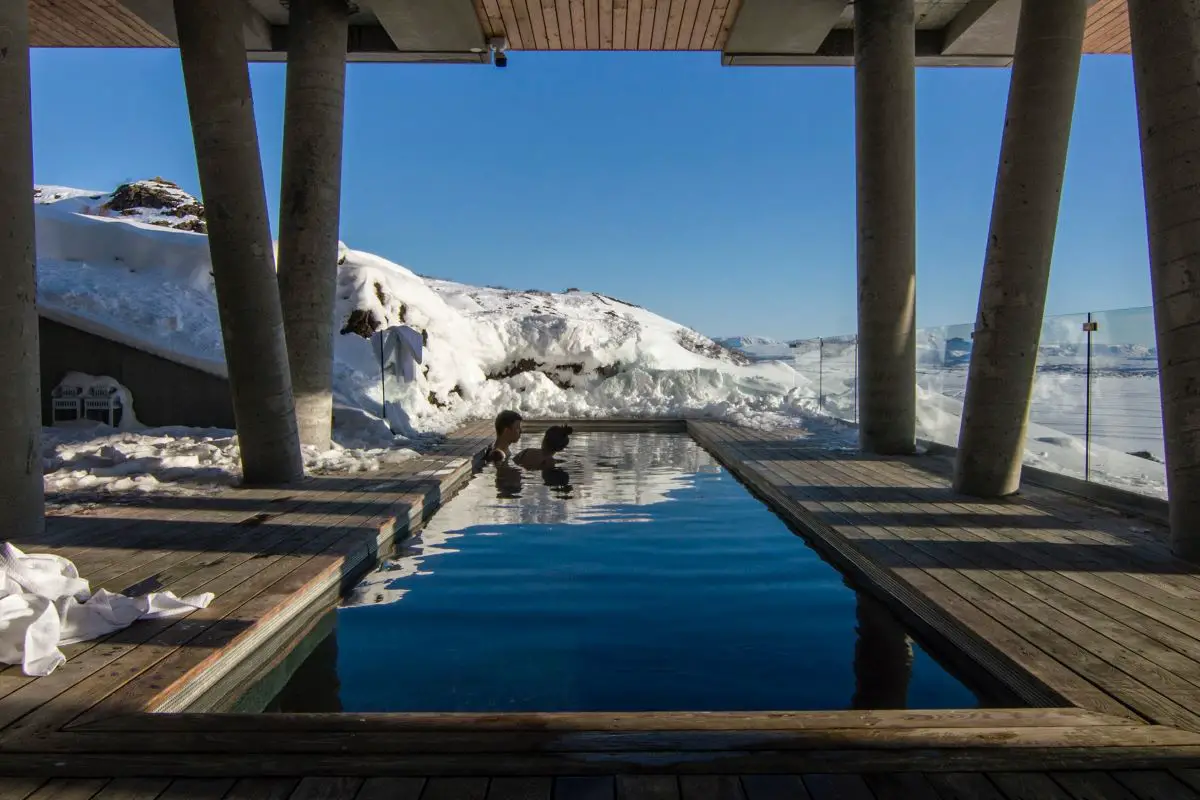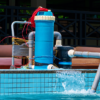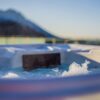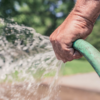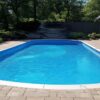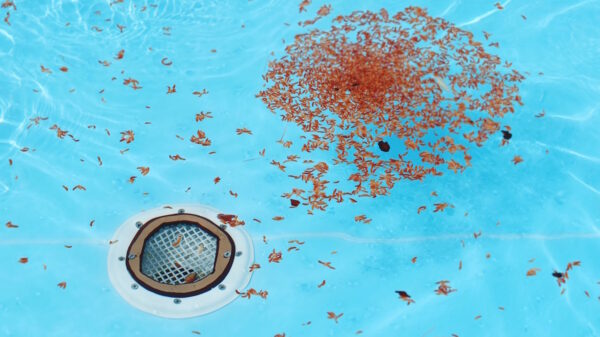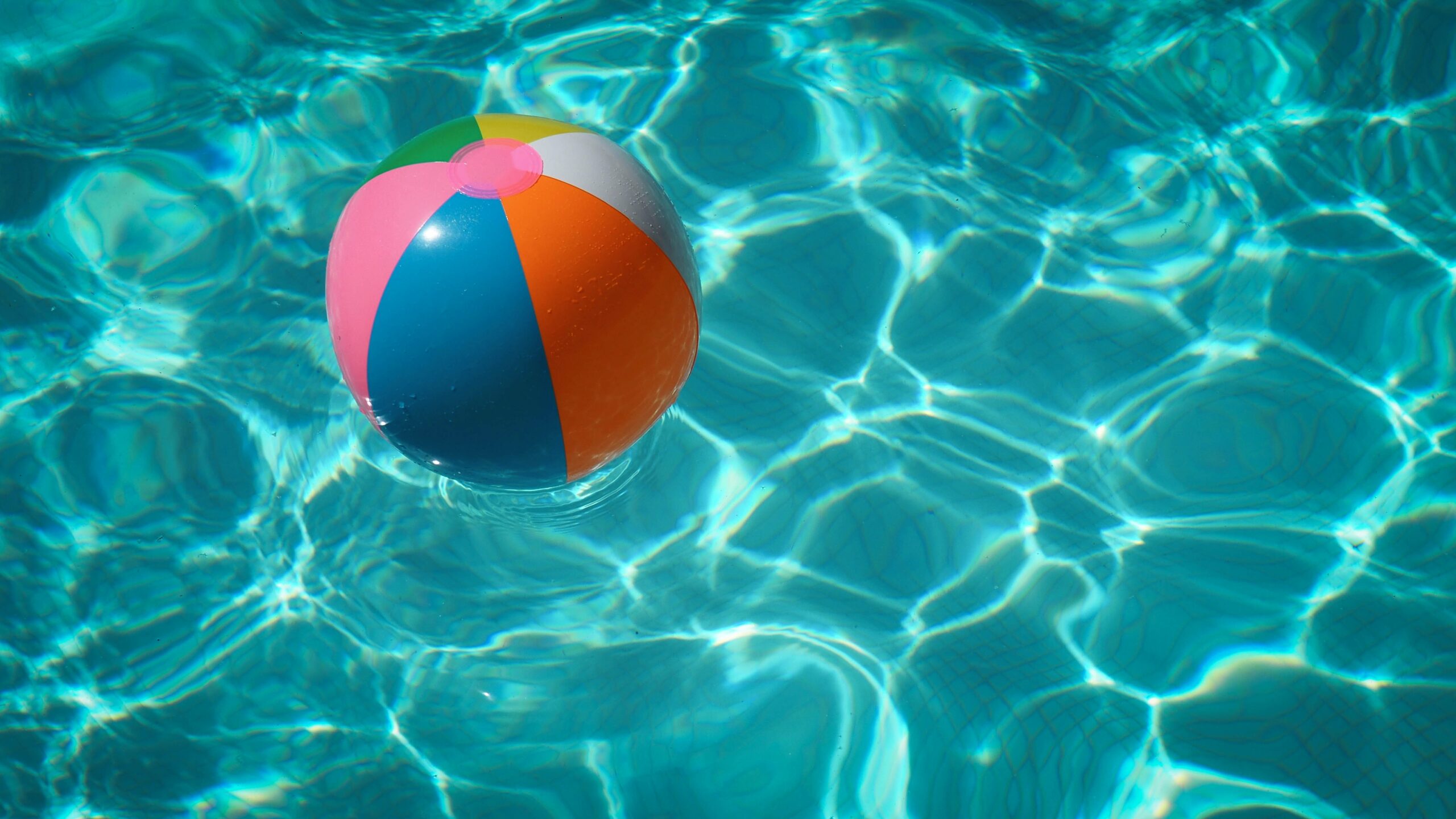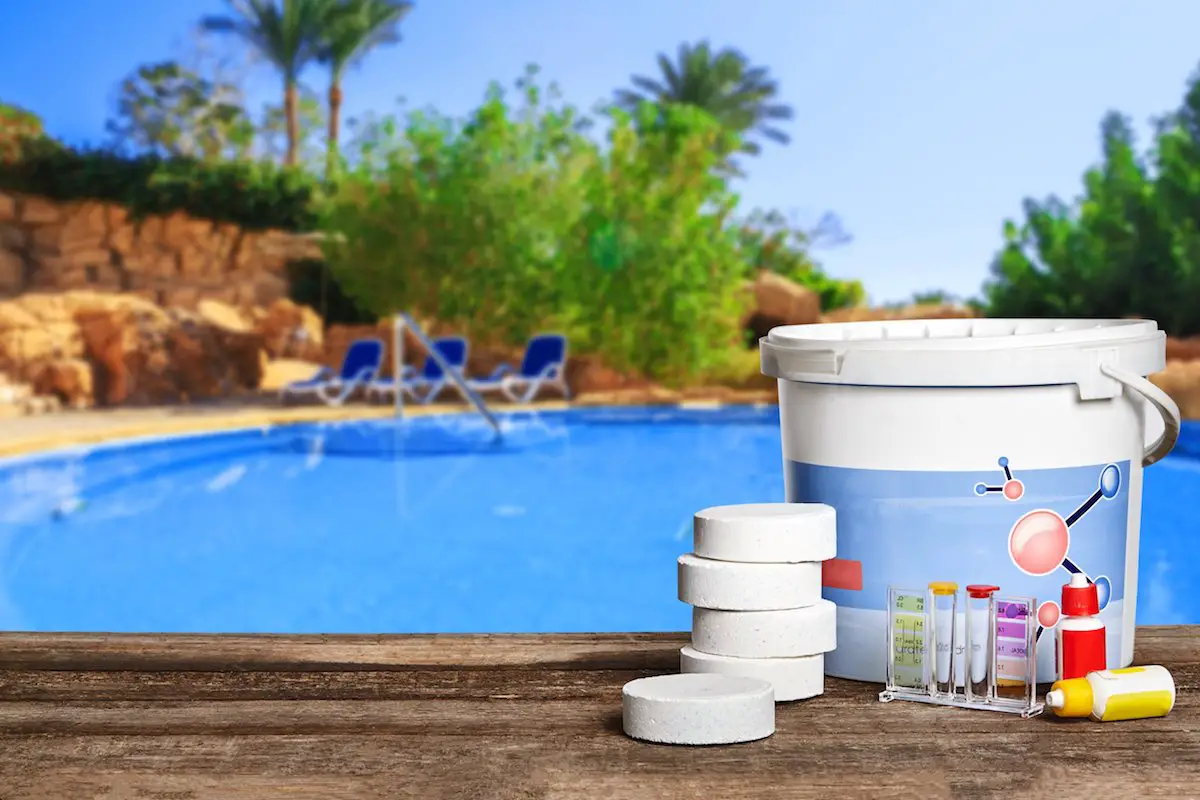How to Winterize Your Inground Pool
The days of you enjoying your pool (or spas, if applicable) are rapidly coming to an end for this year. June is here. It’s the last official month of spring, even though it doesn’t always feel like it! You are enjoying your pool so much that you don’t want to think about winter yet. But if you wait until after July 4th, it will be too late for this year.
Rather than putting off the inevitable because you dread the time and effort that winterizing will take, take action now to get your pool ready for the cold days ahead.
So, what do you need to winterize your inground pool? After some further research, I have found the following checklist to follow when winterizing your inground pool: de-chlorinate your pool, drain your pool, bring down your pump, make sure the cover still fits properly, anchor your cover down securely, inspect your equipment, add a winterizing product and lock up your pool.
While you might not be able to swim in your pool over the winter months there are still good reasons to keep up with your regular pool maintenance and winterizing.
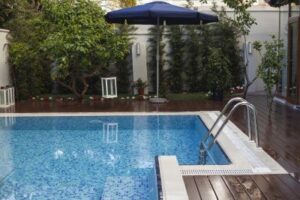
Reasons To Maintain Your Pool Over Winter
There are several reasons you should maintain your pool throughout the winter.
Vacation Time
If you’re going to be gone for an extended period in the winter or even just a week, disconnecting your pump saves energy and prevents damage from leaking water. It also keeps the pool looking good when you get back home.
Preventative Measures
It might seem obvious, but draining your pool helps prevent leaks and cracks from forming in the liner. The water pressure can make a leak harder to find as well since it’s not visible above ground. Drain first, check for problems then fill back up for use next season.
Save Money
You’ll save on electric bills too. You can plug the pump back in before winterizing, but leave the filter off until spring. If you have a saltwater pool don’t forget to change your cell with this quick season.
Stabilize Chemicals for Easy Use Next Season
This is the time to get the pool ready for next year. Adding chemicals will also get you ready to swim faster when spring rolls around. Check all levels and adjust accordingly, but make sure your pH level is within the normal range (between 7.2-7.6).
Clear Pool Cover
You can use a pool cover to keep leaves and debris out of your pool, but make sure it’s clean before using it. Leaving the cover on over winter could make opening the pool in the spring more difficult.
You’ve probably been neglecting it as the weather has gotten colder and now you want to make sure it’s winterized properly before cold weather is here to stay.
Pool Checklist To Winterize Your Inground Pool
Here is a handy checklist for winterizing your inground pool:
1. De-chlorinate Your Pool
If you’ve been swimming regularly, your chlorine levels may be so high that it’s a good idea to use a product like AquaClear Water Clarifier to bring them down before draining the water from your pool. This product not only de-chlorinated water but also enhances the clarity of your pool.
Chlorine is great for sanitizing your pool, but it can be terrible for your pool finish over time, which is part of the reason why many people are switching to saltwater pools (which don’t need chlorine) or at least using a chlorinating product like AquaClear Water Clarifier more frequently.
2. Drain Your Pool
If you have a pump, drain your pool by hooking up a garden hose from the skimmer to the pool and opening the purge valve, allowing water to flow freely from your pool. Be sure to open all of your jets so they don’t clog up with debris.
3. Bring Down Your Pump
After you’ve drained your pool, it’s a good idea to bring down the water level in your pool pump by opening the air bleed valve on the bottom of the pump and allowing air into the line until water begins flowing out (the exact amount will vary depending upon how much water is in the line).
To get to this valve, open your equipment panel and look inside of your pump. You should see a large knurled knob on the bottom of your motor; turn this knob off (counter-clockwise) until you can hear water starting to flow out – then close it up again.
If you have trouble finding the air bleed valve, consult your product manual or pool pump manufacturer.
4. Make Sure the Cover Fits Properly
Make sure that your winter cover fits properly before putting it on your pool – particularly if you have an automatic pool cover. Oftentimes people will try to stretch their covers too tightly and end up with wrinkles that are difficult to remove.
You’ll also want to make sure that there are no large pools of water on top of the cover, which can create voids where debris can enter your pool and collect over the winter.

5. Anchor Your Cover Down
Use a cover pump or an automatic cover to drain excess water from your winter pool cover, but make sure you do not drain the pool cover before it is anchored down. You want to make sure that your winter pool cover stays in place for the winter (you’ll need to remove it again when you open your pool in spring).
If possible, place plastic stakes around the perimeter of your pool and attach your cover to these with strong polypropylene straps; if you can’t do that, make sure you put bricks around the edge of your pool (on top of the cover) to keep it in place.
6. Inspect Your Equipment
Make sure all of your equipment is functioning properly and remove any leaves or other debris from your pump basket before closing up your equipment panel. You’ll need to open up your pump basket again when you open your pool in the spring, so you don’t want it to be too full of leaves and debris!
7. Add a Winterizing Product
Add a good winterizing product like Super Blue Stuff Sanitizer or Pool Magic to keep your water safe and clean all winter long (you’ll want to follow the instructions on your particular product).
8. Lock Up Your Pool
Finally, take one last look at your pool before you lock up for the winter – you’ll be pleasantly surprised when it’s time to open again in the spring!
Winterizing your inground pool may not be the most enjoyable part of owning an inground pool, but it is important. Here are some facts about winterization that will help you get through the process with ease and less frustration this year.
Winterization Requirements
- The chlorine level should be 1.0 – 3.0ppm during the 48-hour winterization period. This will keep the water fresh and help prevent staining.
- Your pool filter should be set to circulate during this time. If it is not, debris decomposing in the water may stain or damage your pool’s surfaces.
- Remove all of the equipment from the pool area. This includes pumps, heaters, heat pumps, three skimmers, winter covers, and ladders.
- Remove or drain all water from your inground pool using a submersible pump. When draining the pool make sure to clean out the filter first as it will help speed up this process. 5.) Clean those surfaces! Use a muriatic acid wash for concrete, vinyl, tile, and fiberglass pool surfaces. It is important to wash away dirt, mildew, and stains while the pool is draining.
- Once the water has been drained it’s time to clean your filter. Use a stiff brush or other manual means of cleaning the filter grids. The smaller the openings on your filter (the more grids) the more important it is to clean it. After the filter has been cleaned, set your pump to backwash mode before allowing water through the system again.
- Once backwashed, slowly pour one container of liquid chlorine into your inground pool using a funnel. This will prevent staining and provide fresh chlorine for cover. Slowly top off the pool with water.
Now that the pool has been filled, check for leaks and add additional chemicals if necessary. Remember to open your automatic pool cleaner before refilling the inground pool. Once everything is set, get out of the way!
Covering your inground swimming pool with a winter cover will save you time in the long run and keep your pool clean and ready for use in the spring.
Disadvantages of Not Winterizing Your Pool
The short answer is no, there is no need to close an inground pool in the winter. However, if you do choose to keep your pool open for all or part of the year some precautions should be taken.
Oxygen Levels
In the wintertime dissolved oxygen levels in your pool decrease naturally due to less sunlight and lower water temperatures. The colder the air is outside, the harder it is for air bubbles to make their way up to the surface of a pool, decreasing how much oxygen can dissolve into the water.
If you choose to leave your pool open during the winter, it is a good idea to have a small operating filter connected to a pump so you can keep enough oxygen in the water by filtering and adding air. A properly sized cartridge filter can run continuously without harming your pump or your pool’s structure.
Filter
If you do not have a large filter system for your pool, your pump will run less frequently or even shut off when the water gets too cold.
This is not a problem if you do not use your pool in the wintertime, but it does mean that your heater and equipment may need to work harder to keep up with demand in the spring when you turn your system on again.
No Cover
If you do not have a cover on your pool, plan to have your equipment serviced before opening.
Chlorine Levels
Chlorine levels will also decrease in cold water. Your chlorine level must remain at 1-3 ppm throughout the winter. You can use a small amount of liquid chlorine or even solid tablets in an automatic chlorinator throughout the winter.
Your pool will go through some turnover, meaning that the water in your pool mixes with new water from rain, snowmelt, or condensation. By maintaining a chlorine level during this turnover period you are protecting your equipment and pool surfaces from damage caused by bacteria or algae.
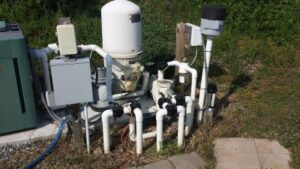
In Conclusion
If you do choose to have your pool remain open during the winter it is a good idea to condition the water with an algaecide. This will help minimize any algae growth that may occur from high humidity, warm air temperatures, and natural sunlight.
If you choose to keep your pool open during the fall and throughout the winter, please take care of your equipment and keep an eye on your water chemistry. Use a small filter to make sure there is enough oxygen in the pool, use a pool cover if you have one, and treat with algaecide.
If you follow these steps you can enjoy swimming from early spring throughout the fall without worrying about your equipment or the quality of your pool water.

